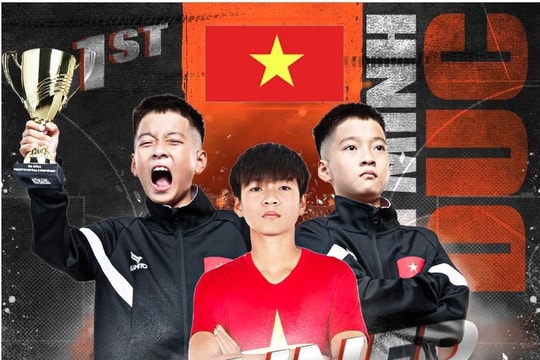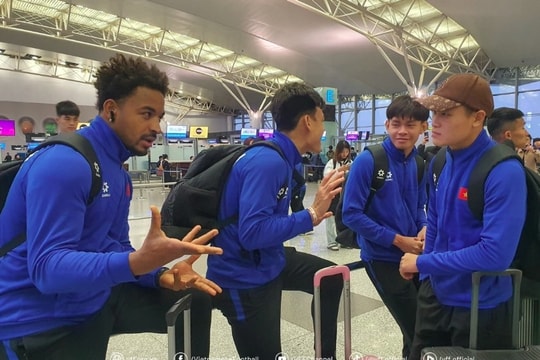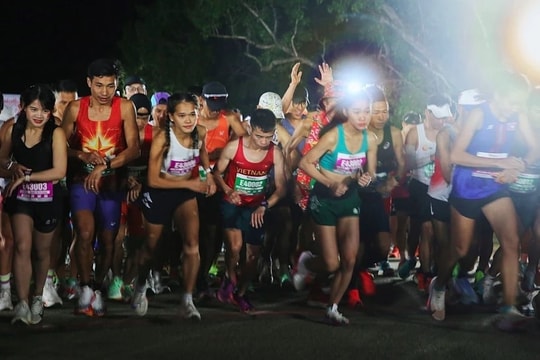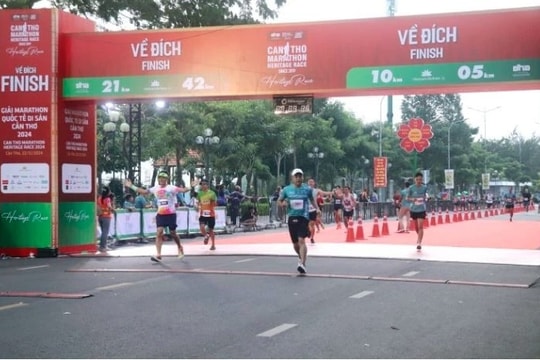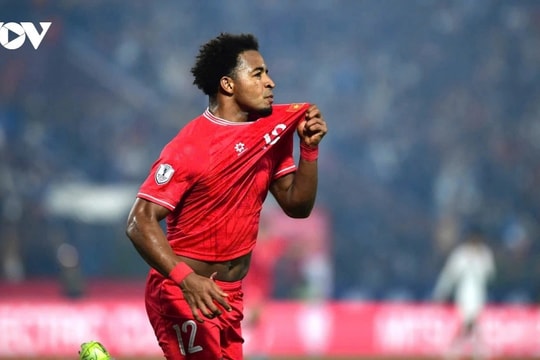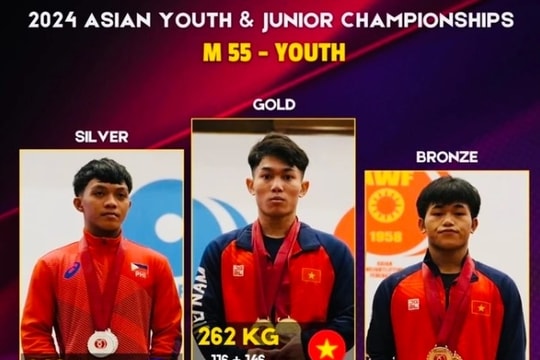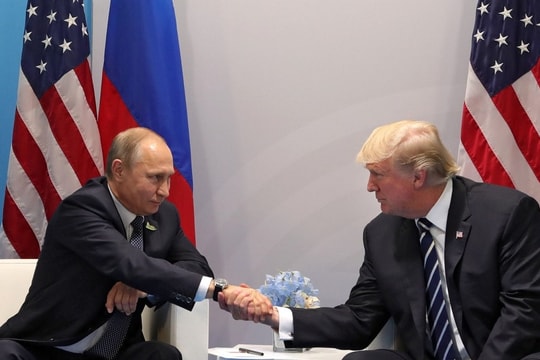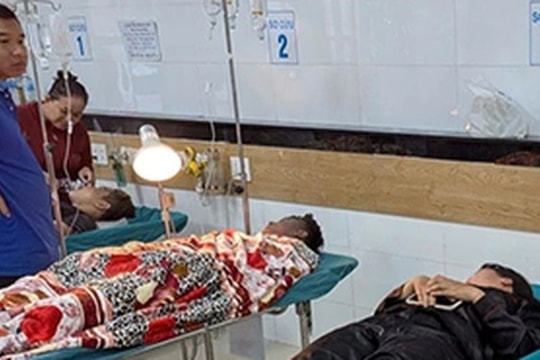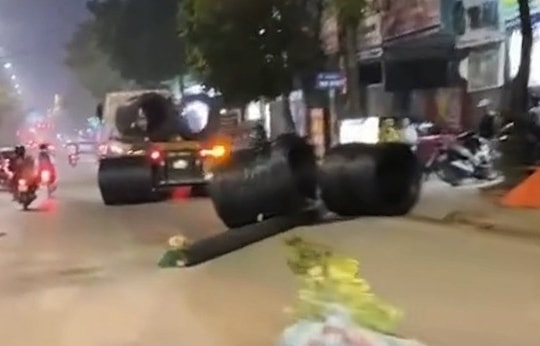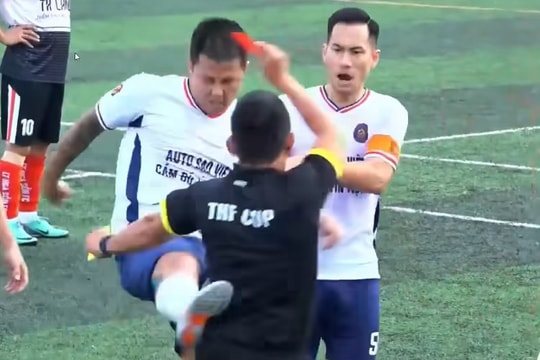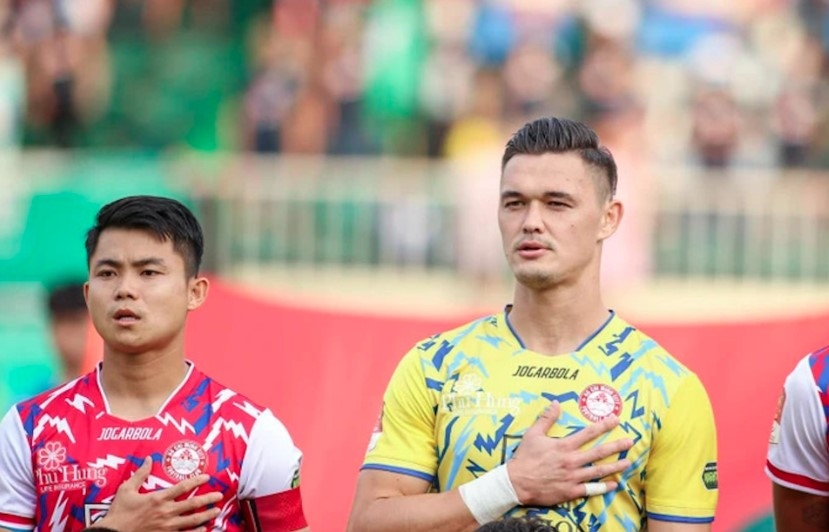
The Vietnam Football Federation (VFF)'s recent decision to double the number of Vietnamese overseas players allowed in the V-League for the 2024/25 season marks a significant shift in strategy, aiming to attract top talent and boost the performance of the national team.
Following a meeting of the VFF Executive Committee, the new rule allows each V-League club to field up to two Vietnamese overseas players, up from the previous limit of one. This change is expected to invigorate the league, which has seen stagnation in terms of expertise and competitive dynamics.
The impact of Vietnamese overseas players on the league has already been evident. For instance, Patrick Le Giang's stellar performances with HCM City FC were pivotal in the club's surprising finish in the top four of the V-League 2023/24 season, despite initial predictions of relegation.
The influx of overseas players not only enhances competition within the league but also benefits the national team by expanding the pool of talent. This strategic move addresses the challenge faced by Vietnamese football in maintaining competitiveness against nations like Indonesia and the Philippines, which have advanced their teams through relaxed naturalization policies.
The increase in the quota for Vietnamese overseas players is likely to bring numerous benefits to the V-League and Vietnamese football overall. However, it also raises concerns about long-term implications.
With more spots occupied by overseas players, young local talents may find it even harder to secure playing time. Many young players trained in domestic clubs and academies struggle for opportunities, and this new policy could exacerbate these challenges.
For example, the newly promoted Young HCM City team continues to rely on veteran naturalized players like Merlo and Kesley, despite their advanced age. This trend highlights the need to strike a balance between attracting experienced talent and providing opportunities for emerging young players.
While the increase in the quota for Vietnamese overseas players is a timely and beneficial move, it is crucial to maintain a focus on youth development. The future success of Vietnamese football depends on the growth and success of its youth programs.
Investing in and nurturing young talent ensures a steady pipeline of skilled players who can compete at the highest levels. Balancing the influx of overseas players with robust youth development efforts will be key to achieving sustainable progress in Vietnamese football.
In summary, the decision to expand the quota for Vietnamese overseas players in the V-League is a strategic initiative to enhance league competition and improve the national team's prospects. However, it should be complemented by ongoing efforts to support and develop young local talent to ensure long-term success.



